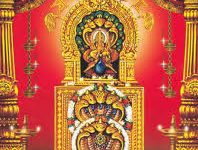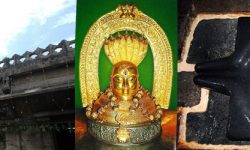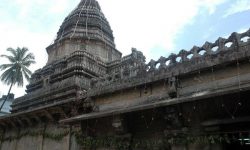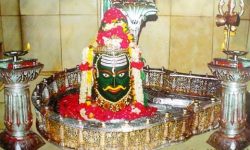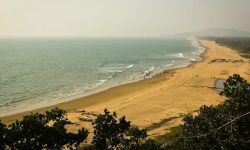1) SHIVA MAHAPURANA: INTRODUCTION
SHIVA MAHAPURANA: INTRODUCTION First of all, Sage Shaunak expressed his desire to Suta about knowing the means, which could help a man in this era of Kali to attainment lord Shiva, by cleansing all the impurities of his mind and rectifying his inherent demonic tendencies. Suta then described about Shiva…






